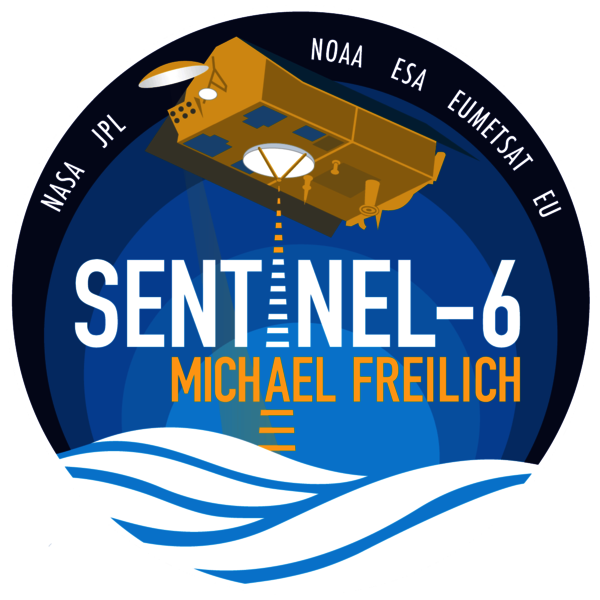Perfect Saturday night launch of a SpaceX Falcon 9 from California. On board is a powerful oceanographic altimetry satellite from the European Earth observation program Copernicus.
Boarding on Falcon 9
SpaceX's 21st orbital launch this year began on November 21 at 5:17 p.m. UTC from Vandenberg Air Force Base in Vandenberg, California. It placed the European Sentinel 6A (or Jason Continuity) satellite for ocean topography into low orbit.
The Falcon 9 launcher used was equipped with a new first stage, which was recovered from earth after a flight time of just over eight minutes. This was the third stage recovery performed by SpaceX at Vandenberg.
International mission
Decided in 2009, Sentinel 6 is a project conducted in partnership between Europe (European Union, Esa, Cnes and Eumetsat) and the United States (Noaa and Nasa), which includes two satellites, 6A and 6B.
It is the fifth family of satellites in the European Copernicus Earth observation program, and its first component is the fourth space oceanography satellite of the Jason type. Sentinel 6A / Jason CS was built by Airbus Defence and Space (prime contractor) and Thales Alenia Space (supplier of the main instrument).
The launch on Falcon 9 was financed by NASA. Last January, Sentinel 6A / Jason CS was named after Michael Freilich, former Director of Earth Sciences at NASA, six months before the scientist's death at the age of 66.
Monitor rising water levels
Flying over 95% of our planet's ice-free oceans in ten-day cycles and equipped with a radar altimeter, Sentinel 6A is to provide seven years of measurements of ocean height, with an accuracy of a few centimetres, mainly for operational oceanography missions and climate change studies.
The data from Sentinel 6 will be the most accurate ever obtained and will be used to better understand a key indicator of climate change, global sea level rise," said Alain Ratier, Eumetsat's CEO. The data will also be used for weather forecasting, whether to improve the accuracy of seasonal forecasts or to predict the trajectories of hurricanes or cyclones. »
The second Sentinel 6 will be launched in 2025, ensuring service continuity beyond 2030.

